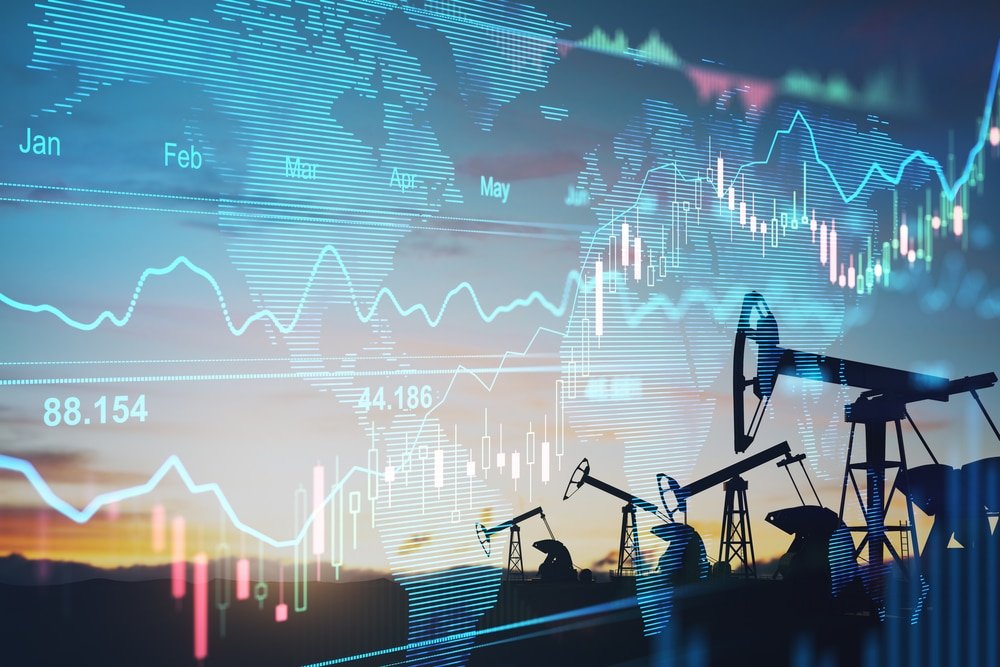
Are Oil Price Hikes Accelerating The EV Revolution?
- October 11, 2024
Oil price hikes have become a staple of our post-pandemic life. For the first eight months of 2024 alone, prices have increased by a net of P6.90 for gasoline and P4.05 for diesel. The price of oil increases when supply is low or if there’s an anticipated supply shortage. Due to recent conflicts overseas, there has always been fear of supply disruptions, and motorists are feeling the brunt of this trend in price increases.
But another trend has been apparent this year – hybrid electric vehicles (HEVs) and electric vehicles (EVs) are becoming more and more visible on our roads. 2023 was the highest-selling year yet for HEVs and EVS, with over 10,000 units sold. This is a significant jump from the previous year’s 1,072 units sold.
It’s clear that the popularity of HEVs and EVs is rising along with oil prices. But the former seems to be a direct solution to the latter, and as both trends continue, it’s also starting to appear that one is affecting the other.
Mitigating Oil Price Increases
The two trends happening at once may not be a coincidence. It’s possible that the increase in EV and HEV ownership is a direct response to oil price increases. After all, HEVs are only partially dependent on fuel while EVs are not dependent on it at all.
HEVs, for instance, have unprecedented fuel efficiency numbers, with some extracting as much as 17 kilometers per 1 liter of gasoline in the city. Even if oil prices increase, HEV drivers will hardly feel the effects if they only visit the gas station once a month, as opposed to almost every week for your typical combustion engine car.
This may explain why some of your neighbors, co-workers, or relatives are starting to buy EVs and HEVs. You may have heard some of them even boast about the high fuel efficiency or how seldom they visit gas stations these days, or in the case of EV drivers, how gas stations are now a thing of the past.
A Boon For Green Energy
Of course, this is not the sole reason why electric vehicles were invented. While being immune to oil price hikes may be a benefit, the primary purpose of using electric energy for cars is to propel us into a future where clean energy is the norm. Moving around without burning fuel significantly reduces carbon emissions.
The electric vehicle trend lines up well with the country’s goal of achieving 50% renewable energy sources by 2040. As the percentage of HEVs and EVs increases on our roads, we may be getting a glimpse of how much the greater population is starting to embrace sustainable energy.
Lingering Questions
While electric car ownership has increased, resistance from some motorists still remains. The major issue cited by some is “range anxiety,” or the fear that your EV battery might run out after long distances since EV charging stations are still very rare in the country.
Other concerns involve the electric batteries used in these cars, with some claiming, without hard evidence, that they are unreliable or would not last. What these concerns indicate, however, is simply how new this technology is in the local market. Other countries, such as the US, have had mainstream electric cars for over two decades, with many reported to still be running fine to this day.
Fueling The EV Revolution
Despite these widespread concerns, it’s still undeniable that the EV and HEV market is growing in the Philippines. Growing pains are to be expected, but with more EV charging stations and other infrastructure, coupled with a growing sample size of durable electric cars, these issues may soon become obsolete. So will gasoline, if the trend continues.
The irony is that rising fuel prices may be driving the EV revolution. The fact is that driving EVs and HEVs have become cheaper. Buying them has also become cheaper over the years, thanks to government tax breaks, which have recently been expanded to other kinds of electric vehicles. In Metro Manila, these cars come with the extra benefit of being coding-exempt, which makes them the ideal car for daily city driving.
So, it’s no wonder that EVs and HEVs are becoming more mainstream. The benefits associated with driving and owning them are just too many to ignore, especially for the typical frugal and practical driver. The biggest and most long-term benefit of them all – saving the environment – may be far from their minds. But if this is truly the start of a revolution, then this benefit may be felt for generations to come.



